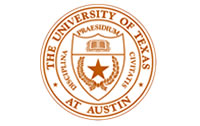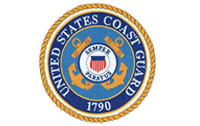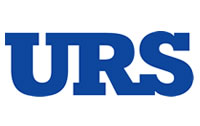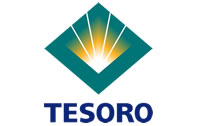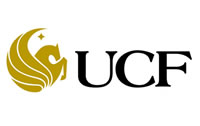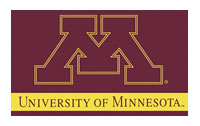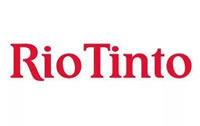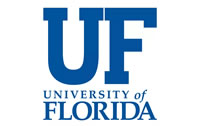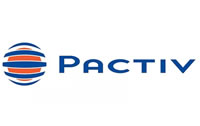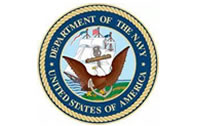Back in 2015 I partnered with Tom Wilk and the staff at Plant Services magazine to create a leadership survey. We had about 300 respondents. After crunching the numbers, slicing and dicing the information, I wrote a series of Plant Services magazine articles that reported some of the interesting findings from the survey. In this article, I am providing a refresher on some of the findings from that 2015 survey. I am also humbly asking for your participation in the 2021 leadership survey that we are now launching.
The idea for the first survey was to gain insight into manufacturing plant organizational management and leadership strengths and weaknesses. As a person that has dedicated more than 12 years now to writing monthly columns on leadership, I wanted to understand the issues facing my audience. That way, I could better target articles and leadership training workshops to the Plant Services audience.
The 2015 survey had three parts. Demographics asked general questions about age, level of education, level of responsibility, amount of time with current employer, and amount of time in current position with that employer. Respondents ranged from new employees to people that had more than 30 years in the work force. The level of responsibility was grouped into four generalized job titles: senior managers, managers, supervisors, and team members.
The second part of the survey, team effectiveness, asked for responses about five facets of a work group’s culture. It asked for a series of responses in the areas of objectives, achievement, empowerment, communication, and norms. The 2015 survey uncovered interesting mismatches between how a leader interprets their team’s beliefs about the work environment, and what their direct reports believe.
Motivation was the third part of the survey; it used Expectancy Theory to measure relative values for motivation levels of the respondents. Motivation scores were used for a couple of purposes. First, I wanted to get average motivation scores for senior managers, managers, supervisors, and team members. I also wanted to see if there were correlations between leadership training frequency and motivation.
After collecting the survey data, I did some analysis. There were some interesting findings. From the demographics data, the aging of the workforce was clearly visible. Data showed many supervisors and managers did not get leadership training before assuming their leadership positions. About half of the supervisors and managers were getting inadequate ongoing leadership training.
How did I determine what “adequate leadership training” was? I used the mean, or average, motivation scores. I compared motivation scores with leadership training frequency. There was a direct correlation. As you might expect, when leadership training occurred every year or not less than every two to three years, motivation scores were above average. When leadership training was never provided or provided less than once every five years, the motivation scores were below average. The data showed that supervisors had the lowest average motivation scores among the job categories.
Insight gained from the 2015 leadership survey, as well as personal observations from many of the manufacturing, utilities, and research facilities that I have worked with, gave me incentive to write my book on organizational management and leadership.
The 2021 leadership survey will be like the 2015 survey. A few minor tweaks have been made that will make some of the calculations a little easier. It is being kept as close as possible so that comparisons can be made between the two surveys, six years apart.
Over the span of years, I expect the demographics may show continued aging of the workforce. But there have been many efforts to increase interest in the trades over the past couple of years. I expect that the timing and frequency of leadership training to be consistent. Will there be more or less alignment between the leaders and their direct reports? What will be the effects of COVID-19?
With this background in mind, my sincere hope is that you will participate in the 2021 leadership survey. My commitment is to crunch the data and to draft a series of articles that will report out the results. I will also offer analysis on the differences between the 2015 and 2021 surveys. For those that had not participated in the previous survey, I promise, it is not painful nor intrusive. The information that comes out of the survey may help you to create the business case for more leadership training and development. The ultimate objective is to create more reliable organizations and more productive leaders.
Go forth and do great things.
Written by Thomas J. Moriarty, PE, CMRP, ARP I/II
Published in Plant Services Magazine Sep 02, 2020
Sign Up for Productive Leadership Overview On-Line Training!
An on-line training course with over six and a half hours of video lessons. Self-paced.


